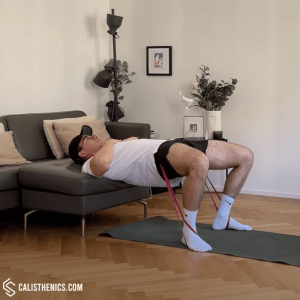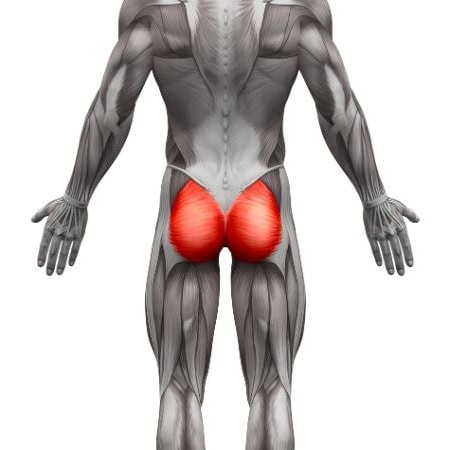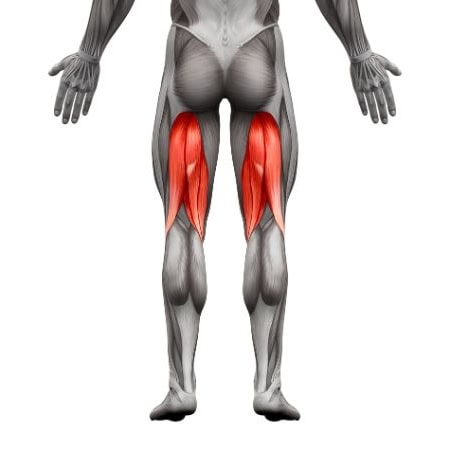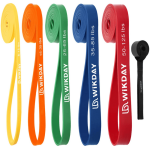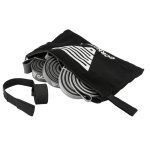Resistance Band Hip Thrusts
How to do Resistance Band Hip Thrusts?
Resistance band hip thrusts are an excellent lower body exercise that primarily targets the glutes, with secondary engagement of the hamstrings and core. By anchoring the band under your feet and looping it around your hips, you create additional resistance that increases tension at the top of the movement, where glute activation is greatest. This setup makes it an accessible and effective option for building strength and glute definition without needing weights.
Steps to Perform a Proper Resistance Band Hip Thrust:
1. Anchor the Resistance Band Under Your Feet:
• Sit on the ground with your back against a bench, box, or other elevated surface.
• Loop the middle of the resistance band under both feet, making sure it is securely anchored.
• Pull the band up over your hips, positioning it across your lower hip bones. You can hold the band in place with your hands or let it rest.
2. Position Your Upper Back on the Bench:
• Lean back so that your upper back is supported by the bench. The edge of the bench should be just below your shoulder blades.
• Keep your feet flat on the ground, about hip-width apart, with knees bent at a 90-degree angle.
3. Engage Your Core and Tuck Your Chin:
• Brace your core to stabilize your torso and tuck your chin slightly to maintain a neutral spine.
• Allow your hips to drop slightly below knee level, feeling the stretch in your glutes and hamstrings.
4. Drive Through Your Heels to Lift Your Hips:
• Exhale as you press through your heels, lifting your hips toward the ceiling until your thighs are in line with your torso.
• Squeeze your glutes hard at the top of the movement, fully extending your hips. The band should provide extra tension at this point, increasing glute engagement.
5. Return to the Starting Position:
• Inhale as you slowly lower your hips back down, keeping control of the movement and maintaining tension in the band.
• Stop just before your hips touch the ground to keep the muscles engaged throughout the set.
6. Repeat the Movement:
• Perform the desired number of repetitions, focusing on smooth, controlled movements to maintain constant tension in the glutes.
Benefits of Resistance Band Hip Thrusts
• Builds Glute Strength and Definition: This exercise effectively isolates and strengthens the glutes, promoting muscle growth and endurance.
• Improves Hip Stability: Hip thrusts help strengthen the hip stabilizers, supporting better balance and alignment in daily movements.
• Enhances Core Stability: Keeping the core engaged throughout the movement promotes core strength and stability.
• Joint-Friendly Resistance: The band’s smooth resistance is gentle on the joints, making this exercise accessible for people with knee or hip sensitivities.
• Portable and Convenient: With only a resistance band required, this exercise is ideal for home workouts or travel, providing a practical alternative to weighted hip thrusts.
• Increases Functional Strength: Hip thrusts mimic real-life movements, enhancing lower body strength and stability for daily tasks and athletic activities.
• Accessible for All Fitness Levels: Resistance bands come in various strengths, making this exercise adaptable for beginners and advanced users.
Common Mistakes to Avoid
• Incorrect Band Positioning: Ensure the band is securely anchored under your feet and positioned across your hips to prevent slipping.
• Arching the Lower Back: Engage your core and keep your spine neutral to avoid arching your lower back at the top.
• Using Momentum: Perform the movement slowly and with control, focusing on glute engagement rather than using momentum.
• Allowing Knees to Collapse Inward: Keep your knees aligned with your toes to protect the knee joint and maximize glute engagement.
• Letting Hips Drop Too Low: Avoid letting your hips drop too far down on the descent; stop just before your hips touch the ground to maintain constant tension.
Tips for the proper execution of Resistance Band Hip Thrusts
Secure Band Position: Make sure the band is securely anchored under your feet and positioned across your hips to prevent slipping.
Engage the Core: Keep your core tight to stabilize your torso and avoid arching your lower back.
Drive Through the Heels: Focus on pressing through your heels as you lift, which will help maximize glute activation.
Squeeze at the Top: Hold for a second or two at the top to increase time under tension and fully engage the glutes.
Controlled Movement: Move slowly and avoid bouncing; control the descent to maintain tension throughout.
Muscles worked when doing Resistance Band Hip Thrusts
•Glutes: The main muscle group targeted, especially the gluteus maximus, which is heavily activated at the top of the movement.
Secondary Muscles:
•Hamstrings: Assist in extending the hips and help stabilize the lower body.
•Core: Engages to stabilize the torso and prevent arching in the lower back.
•Quadriceps: Help maintain stability in the lower body, especially at the knees and hips.
Primary Muscle(s):
Secondary Muscle(s):
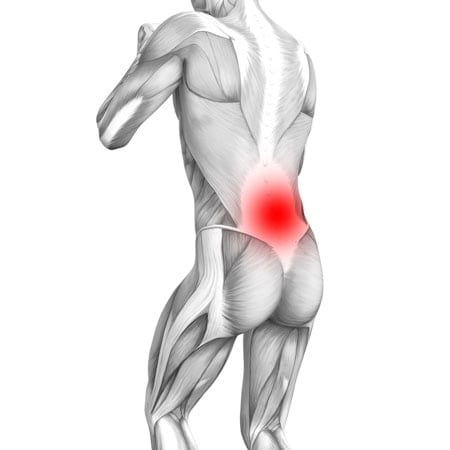
Lower back
Adjust the difficulty of Resistance Band Hip Thrusts
How to make Resistance Band Hip Thrusts harder?
How to make Resistance Band Hip Thrusts easier?
How to make Resistance Band Hip Thrusts harder?
To make Resistance Band Hip Thrusts harder:
-
Use a Heavier Resistance Band: Increase the challenge by using a band with more resistance, which will require greater glute engagement.
-
Add a Hold at the Top: Pause for 2-3 seconds at the top of the hip thrust to increase time under tension, maximizing muscle engagement.
-
Slow Down the Eccentric Phase: Take extra time lowering your hips back to the starting position, focusing on control and engaging the muscles during the eccentric (lengthening) phase.
-
Increase Repetitions or Sets: Perform additional repetitions or sets to build endurance and further challenge the glutes and hamstrings.
How to make Resistance Band Hip Thrusts easier?
To make Resistance Band Hip Thrusts easier:
-
Use a Lighter Resistance Band: Start with a band that provides less resistance, allowing you to perform the movement with better control.
-
Limit Range of Motion: Perform a smaller lift, focusing on only a partial thrust to reduce intensity while still engaging the glutes.
-
Perform Fewer Repetitions: Begin with fewer repetitions (e.g., 8-10) and increase as you build strength in the glutes.

